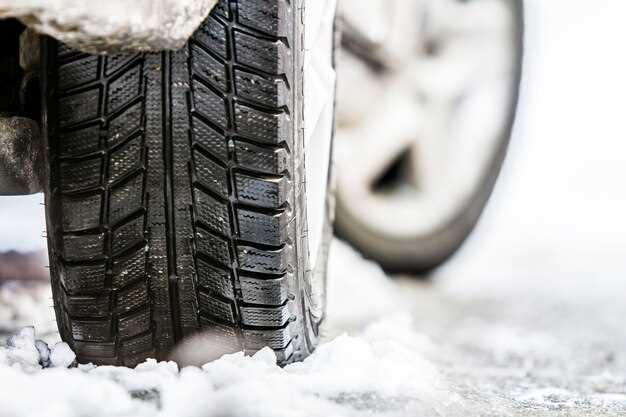
When to Replace Winter Tires
- Arthur Rodriquez
- 0
- Posted on

When it comes to ensuring optimal vehicle performance during the colder months, understanding the timing for winter tire replacement is crucial. Winter tires are specifically designed to provide enhanced traction and handling on snow and ice, making them a necessary component for safe driving in winter conditions. The key to maximizing the benefits of these tires lies in knowing when to replace your all-season or summer tires with winter ones.
Replacing your tires at the right time can significantly impact safety and performance. Ideally, winter tires should be installed once temperatures consistently drop below 7 degrees Celsius (45 degrees Fahrenheit). At this temperature, all-season tires begin to lose their effectiveness, whereas winter tires maintain their grip and flexibility. Waiting too long to make the switch can jeopardize your vehicle’s handling and increase the risk of accidents.
Additionally, it is essential to consider the timing of winter tire removal. Leaving winter tires on for too long during warmer months can lead to accelerated wear and diminished performance. Therefore, understanding the optimal periods for replacement not only ensures safety but also extends the life of your tires, providing better value for your investment.
When Is the Right Time to Switch to Winter Tires?

The ideal time to switch to winter tires typically arrives when temperatures consistently drop below 7 degrees Celsius (45 degrees Fahrenheit). This temperature threshold is crucial as all-season tires lose their effectiveness in handling and braking under cold conditions, while winter tires maintain better traction.
Additionally, the timing can vary based on geographic location. Regions that experience early snowfall or harsh winter conditions may necessitate an earlier replacement of tires. It’s advisable to monitor the local weather forecasts and be proactive rather than reactive to changing conditions, ensuring enhanced safety on the road.
Another key factor to consider is the wear and tread depth of your current tires. If the tread on your all-season tires is worn down, replacement with winter tires should be prioritized, ensuring optimal grip on icy or snowy surfaces.
In summary, the right time to switch to winter tires is based on a combination of temperature, local climate conditions, and the current state of your tires. Keeping these elements in mind allows for a well-timed and effective replacement, providing improved safety and performance throughout the winter months.
How to Determine the Condition of Your Current Tires

Assessing the condition of your current tires is crucial for ensuring safety during winter driving. Start by checking the tread depth; adequate tread is essential for traction on snowy or icy roads. Use the penny test by inserting a penny into the tread. If you can see the top of Lincoln’s head, it indicates that your tires may need replacement.
Next, inspect for visible signs of wear or damage. Look for cracks, bulges, or punctures on the sidewalls or tread. Uneven wear patterns can also signal issues with alignment or inflation, which may require immediate attention before winter arrives.
Additionally, monitor the tire pressure regularly. Cold temperatures can cause tire pressure to drop, leading to reduced performance. Ensure that your tires are inflated according to the manufacturer’s specifications.
Finally, consider the age of your tires. Most manufacturers recommend replacing tires every six years, regardless of tread condition, due to rubber degradation over time. If your tires are approaching this age, it may be wise to plan for winter tire replacement.
What Factors Influence the Longevity of Winter Tires?
The longevity of winter tires is influenced by several critical factors that can significantly affect their performance and lifespan. One primary factor is the tread depth. Deeper treads provide better traction on snow and ice, but as they wear down, the effectiveness of the tires diminishes, necessitating earlier replacement.
Another important aspect is the tire composition. Winter tires are specifically designed with softer rubber compounds to remain flexible in low temperatures. Over time, exposure to heat and UV rays can lead to deterioration, reducing their lifespan. Additionally, the quality and design of the tire also play a role; higher-quality winter tires tend to last longer due to superior materials and engineering.
Driving habits also impact tire longevity. Aggressive driving, frequent hard braking, and rapid acceleration can accelerate wear. Regular tire rotation and proper alignment can prolong the life of winter tires by ensuring even distribution of wear across all tires.
Environmental conditions are another crucial factor. Harsh winter conditions with constant ice and snow can wear tires out faster than milder climates. Road surfaces also contribute; rough or poorly maintained roads can lead to increased wear and damage to tires. Proper tire storage during the off-season can also affect durability, as tires stored in a cool, dry place away from direct sunlight tend to last longer.